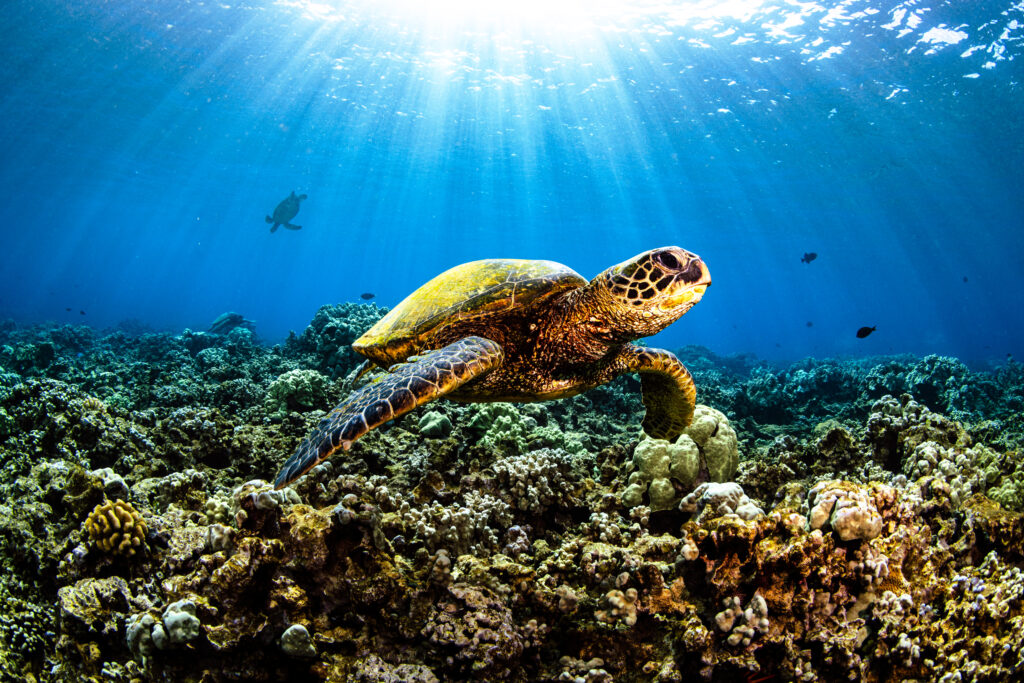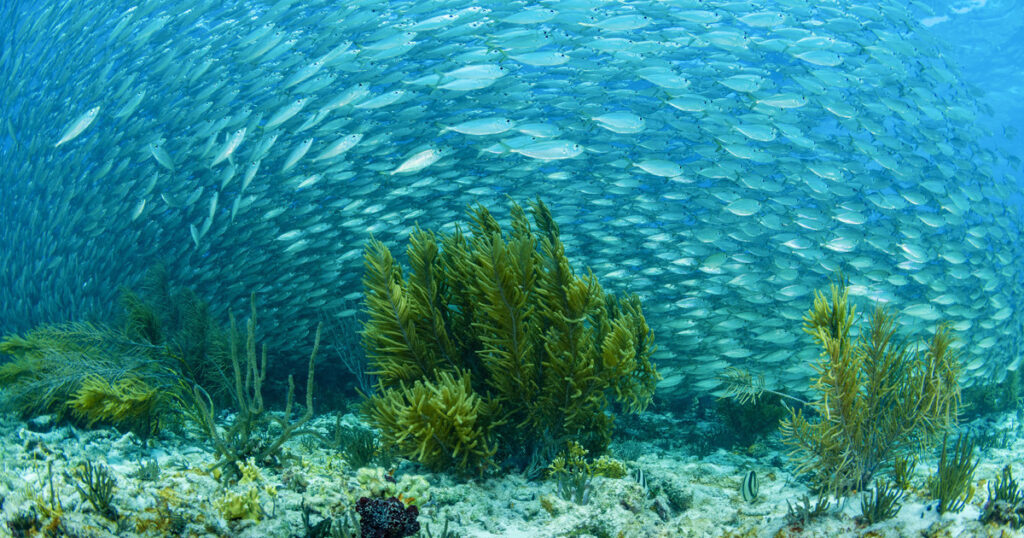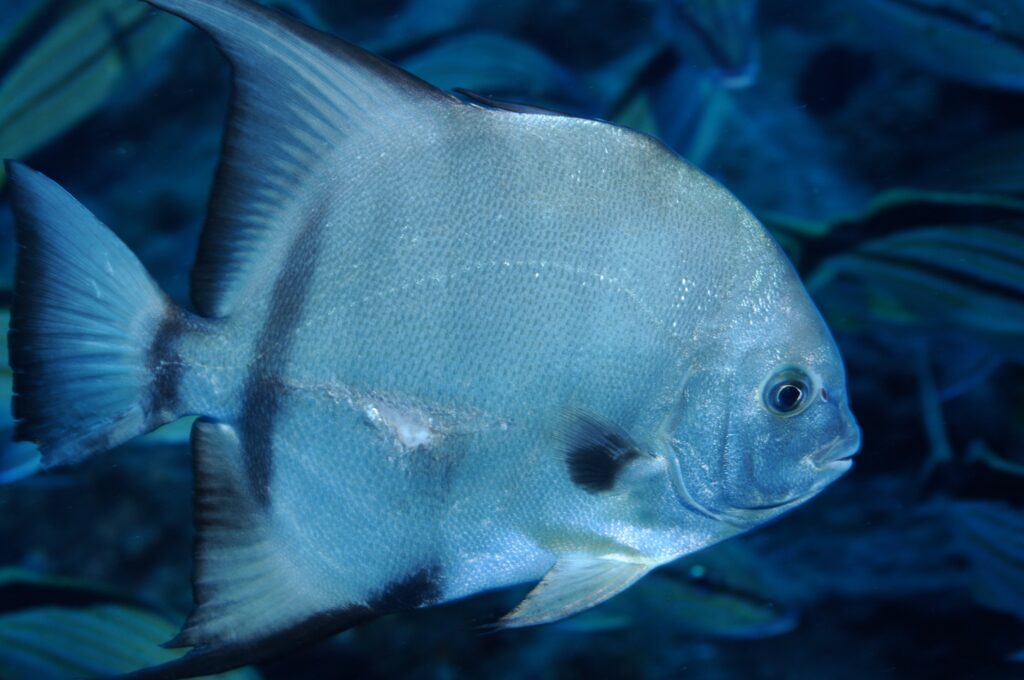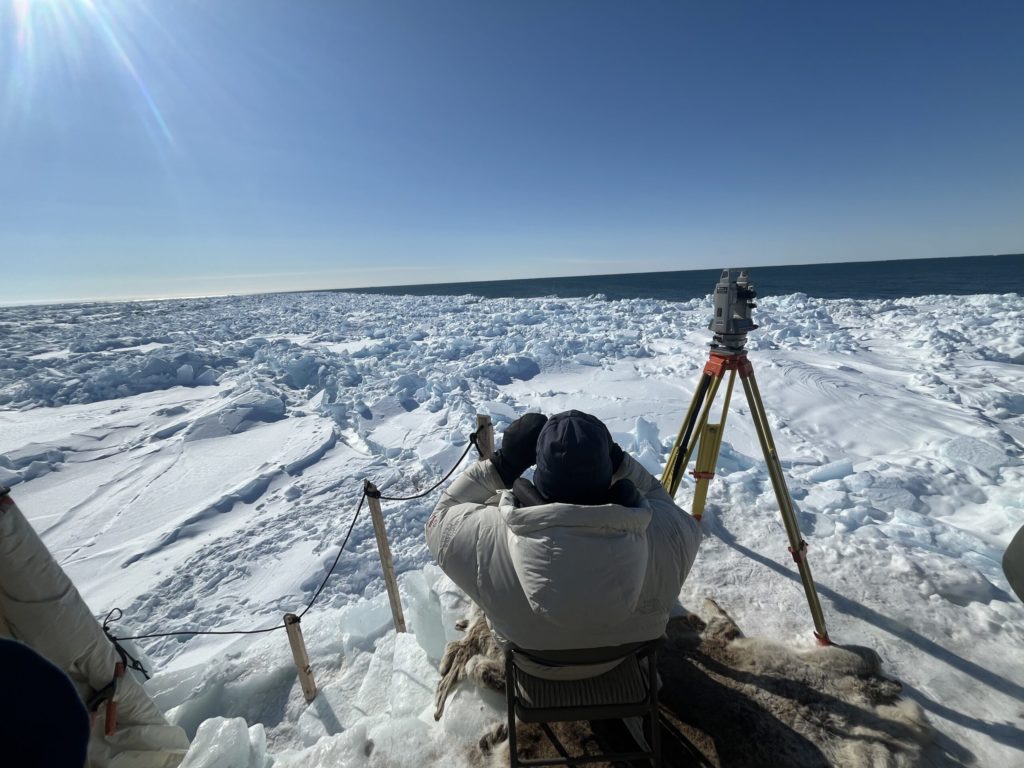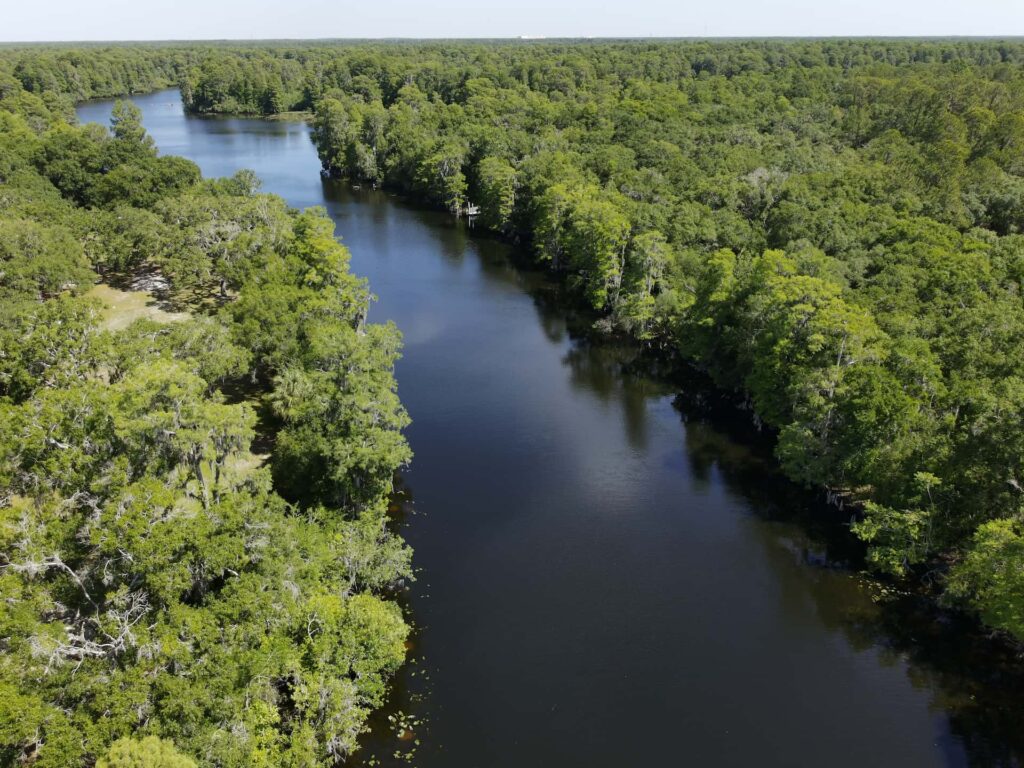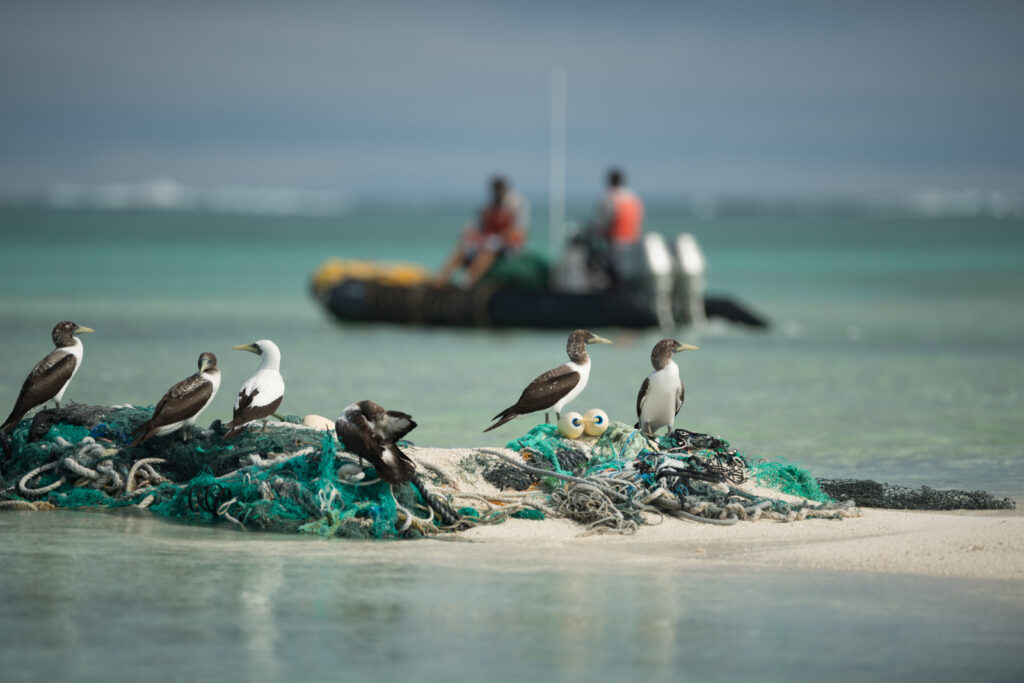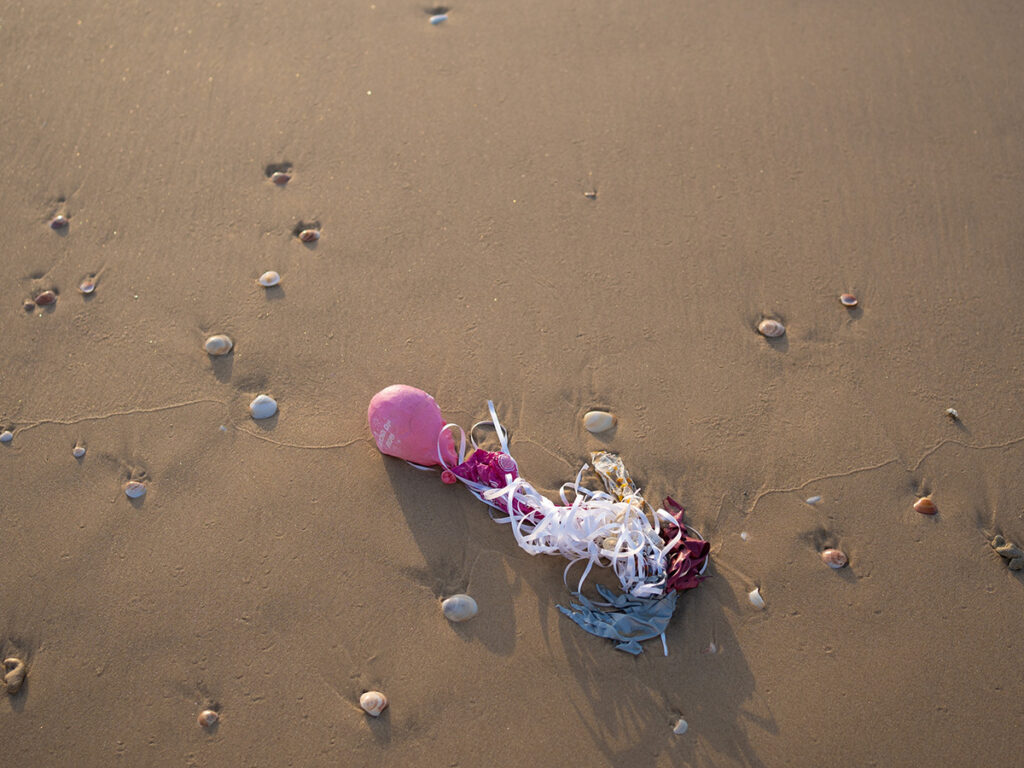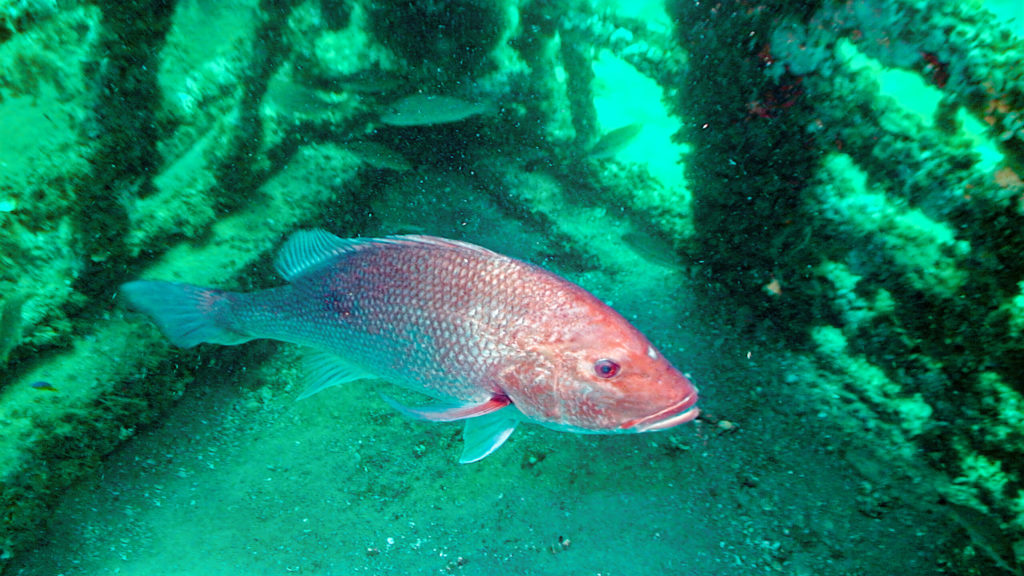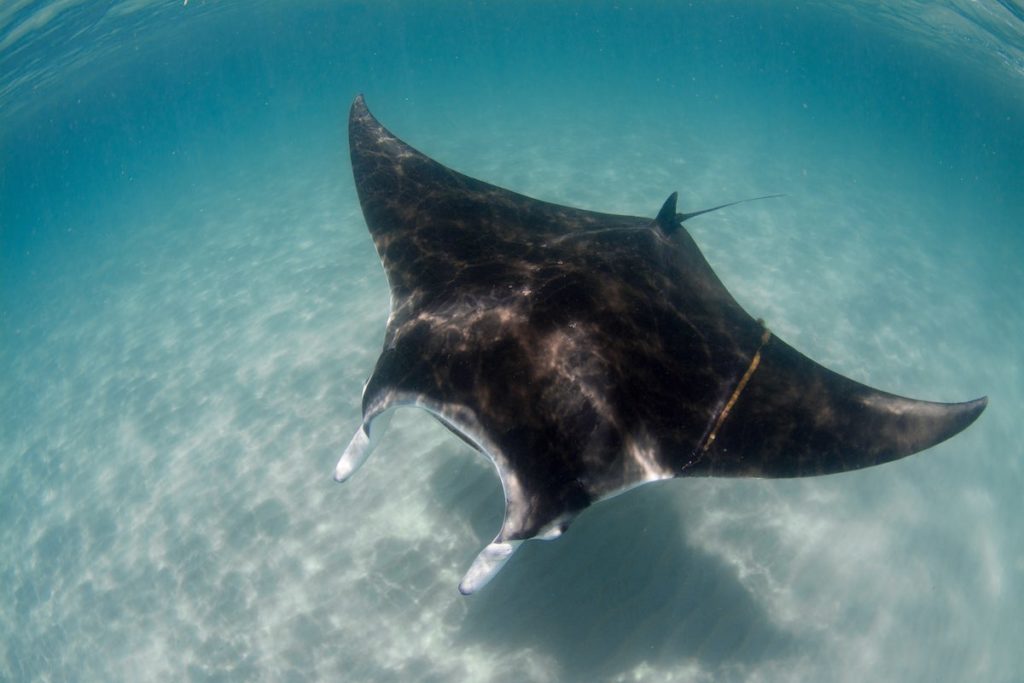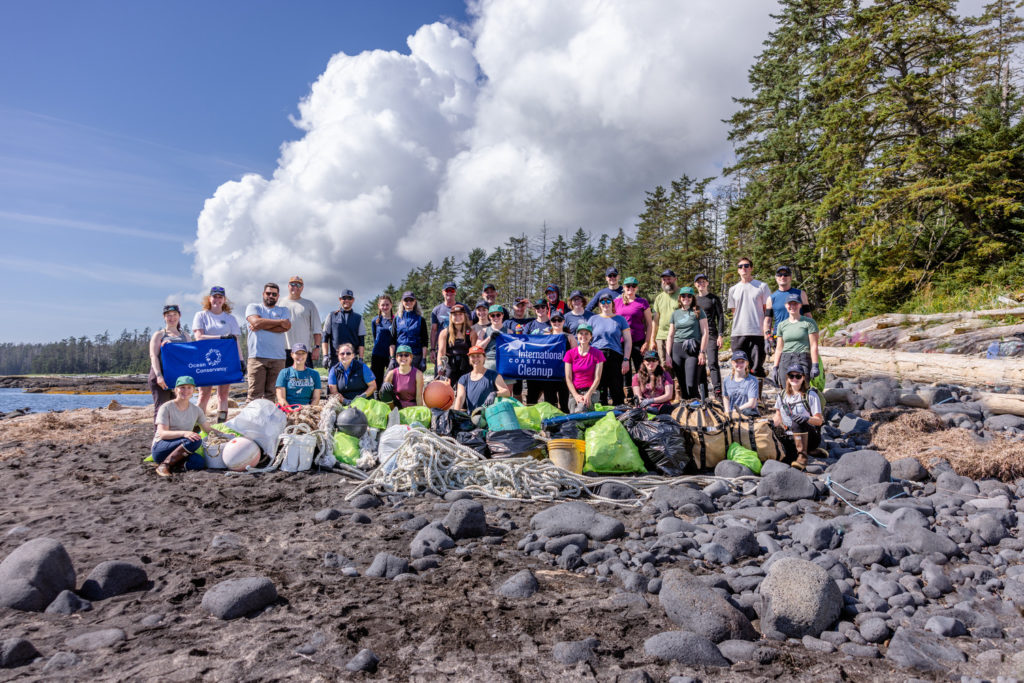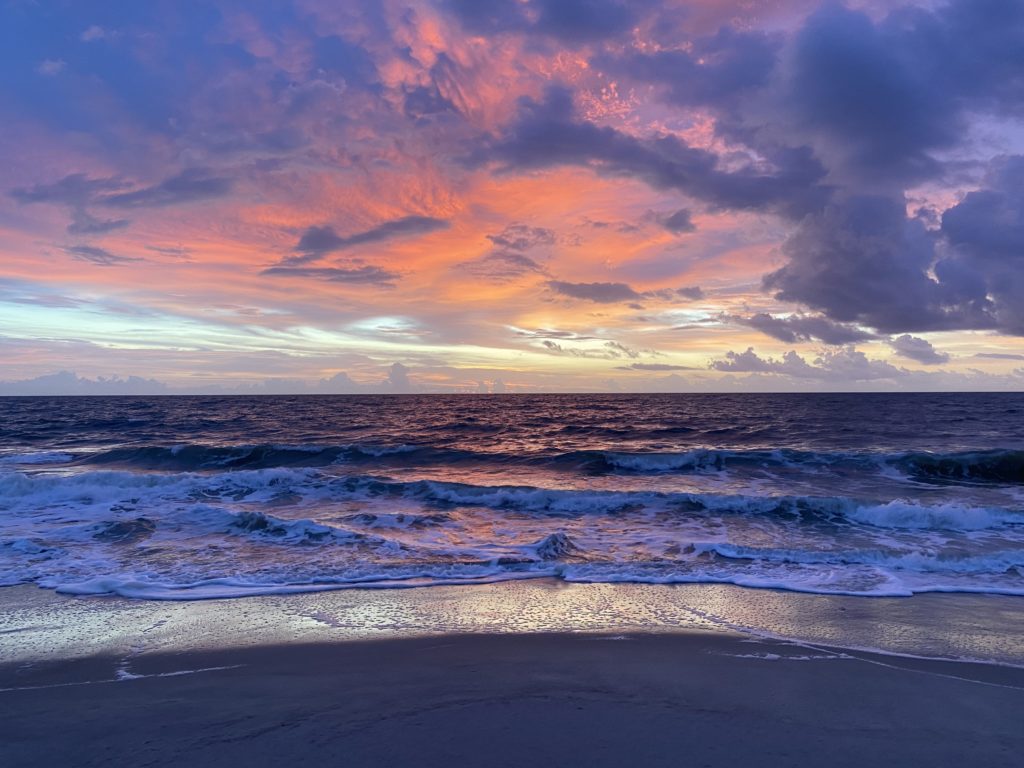
Blog
The ocean is our planet’s lifeline, teeming with wonders both seen and unseen—and it needs our protection now more than ever. In Ocean Conservancy’s blog, explore the evidence-based solutions we champion, the passionate advocates driving change, and the policy victories creating lasting impact for our ocean. From the Arctic to local coastlines, discover how Ocean Conservancy is tackling our blue planet’s most significant challenges and how you can join the movement.
Does Eating Plastics Really Kill Ocean Animals?
The ocean has long been the end of the pipe for plastic pollution, with ocean wildlife bearing the brunt of the overproduction and overconsumption of single-use plastics. The world now produ…
ViewClimate Finance Goals for Our Ocean at COP30
The world is fast approaching another decisive moment. With world leaders meeting right now (November 10-20) in Belém, Brazil, for COP30, they have the chance to elevate our ocean as a clima…
ViewTen Animals Impacted by Ghost Gear
Lost and abandoned fishing gear, commonly known as “ghost gear,” is the most harmful form of marine debris to wildlife. Commonly made from modern plastics, such as nylon or polyethylene, fis…
ViewRecent Trends Impacting U.S. Fisheries and American Seafood
Maintaining a healthy ocean includes ensuring that fisheries are sustainable and fish stocks are abundant. If you like to eat seafood, go fishing or visit the coast, then how United States f…
ViewWhat’s Haunting Our Ocean?
When autumn comes around, cue the leaves changing color, pumpkin spice, candies, apple picking and my favorite part of all: the spooky traditions of Halloween. From haunted houses to scary m…
ViewForecasting a Future for South Atlantic Red Snapper
Fishermen and the latest fishery stock assessment agree: There are a lot of red snapper in the South Atlantic. Yet, promising numbers alone do not tell the whole story of red snapper off the…
ViewWhat is a DAF and How Can it Support the Ocean?
A person’s legacy is often defined by the people they’ve touched and the causes they’ve supported throughout their lives. A Donor-Advised Fund (DAF) provides an opportunity to be a part of t…
View40 Years of Cleaner Beaches Powered by People and Community
Earlier this summer, my daughter and I walked along the shores of Sitka, Alaska, to pick up plastic pollution with 35 other volunteers. We scanned the beach together with a single goal: to m…
ViewHouse Budget Proposal for NOAA Would Spell Disaster for Fisheries
In early September, the House Committee on Appropriations passed its proposed budget for the National Oceanic and Atmospheric Administration (NOAA), as part of the larger Commerce, Justice,…
View